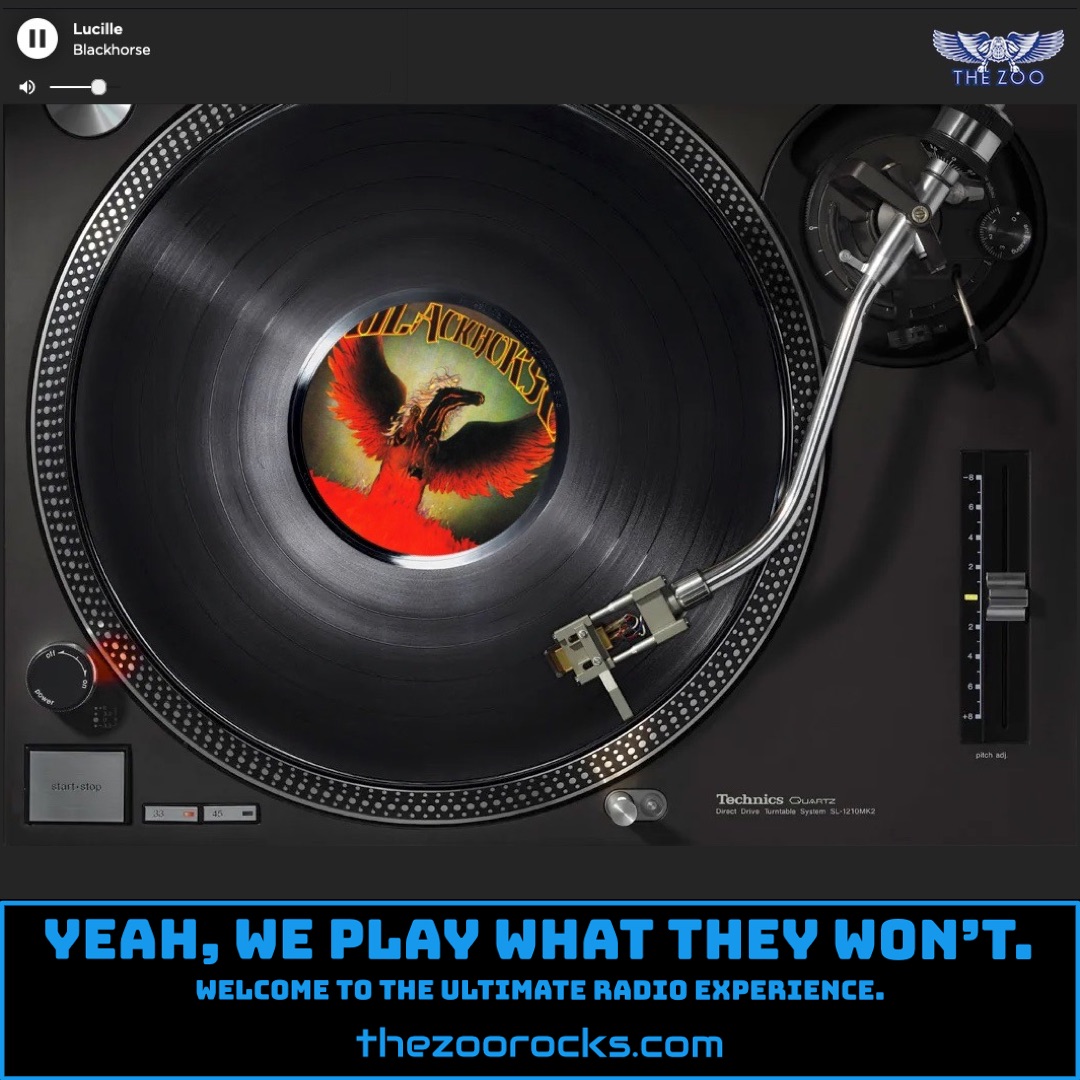Trans-Island Skyway
Donald Fagen
In a 1993 radio interview on Words and Music, Donald Fagen shared that "Trans-Island Skyway," the opening track from his album Kamakiriad, sets the stage for a futuristic journey in a steam-powered car called the Kamakiri. He described the song’s world as one plagued by environmental turmoil, with “tide pools boiling and plates grinding,” hinting at climate change themes that were ahead of their time. Fagen noted that the song’s narrator embarks on a road trip in this high-tech, eco-friendly vehicle, complete with a hydroponic farm in the back, blending sci-fi optimism with real-world concerns. The song’s vivid imagery, like picking up a “beautiful survivor” with “dancer’s legs and laughing eyes,” paints a cinematic picture, which Fagen intentionally left open-ended to let listeners fill in the gaps.
A fan on SongMeanings praised the song’s unique blend of reality and fantasy, pointing out how Fagen uses Americana—like the image of a father mowing the lawn—to ground the futuristic narrative. The user highlighted the line “C’mon daddy, get in let’s go” as a rare instance where “daddy” refers to an actual father, adding a humorous, personal touch. Another fan on Reddit shared an 8-bit rendition of the song, showing how its jazzy grooves resonate across different formats, sparking nostalgic discussions among Steely Dan enthusiasts. The song’s climate references, as noted in a 2016 Vox article, make it a prescient commentary, with one blogger on rspeen.com calling out its subtle jab at Reagan-era politics with the line “Let’s talk about the good times, honey.”
Donald Fagen, born January 10, 1948, in Passaic, New Jersey, began his musical journey in the late 1960s while attending Bard College. There, he met Walter Becker, and the two bonded over their love for jazz, blues, and sharp-witted songwriting. They started writing songs together, initially aiming to sell them to other artists, but soon realized their vision was too distinctive. This led to the formation of Steely Dan in 1971, with Fagen as the lead singer and keyboardist. Their debut album, Can’t Buy a Thrill, released in 1972, showcased their signature blend of rock, jazz, and cryptic lyrics, earning critical acclaim. Fagen’s meticulous attention to detail and studio perfectionism became hallmarks of the band’s sound, influencing his later solo work like Kamakiriad.
After Steely Dan disbanded in 1981, Fagen launched his solo career with The Nightfly in 1982, a semi-autobiographical album that reflected his youth in the 1950s. The 11-year gap before Kamakiriad was partly due to writer’s block, as Fagen revealed in the Words and Music interview, but his collaboration with Becker on Kamakiriad marked a creative reunion. Fans can connect with Fagen’s work through his official website, though he maintains a low social media presence. His official Facebook page shares occasional updates, while Instagram offers glimpses of his tours and projects. On X, Fagen’s account is active but minimal, often retweeting fan posts or tour announcements.
For deeper fan engagement, Steely Dan’s official website includes Fagen-related content, and the Steely Dan Facebook page is a hub for fans discussing his solo and band work. The r/SteelyDan subreddit is a lively community where “Zoo Freaks” might find kindred spirits sharing trivia and covers of songs like “Trans-Island Skyway.” Another fan site, The Steely Dan Reader, archives interviews and articles, offering a treasure trove for those digging into Fagen’s creative process. These platforms keep the spirit of Fagen’s music alive, much like the Zoo Crew spinning his records for their devoted listeners.

